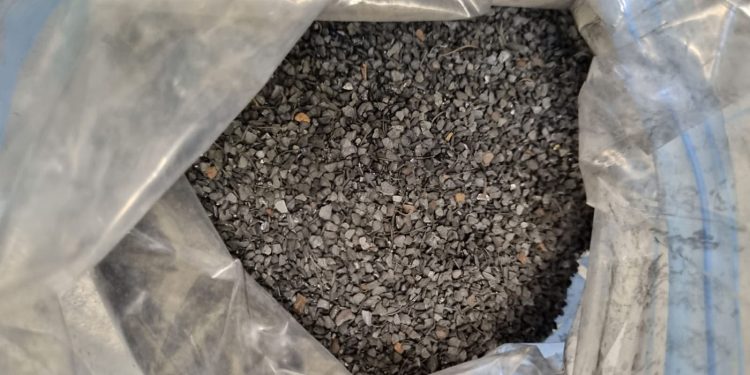#Agriculture #Biochar #PalmWaste #SoilQuality #AgriculturalInnovation #MathematicalModeling #SustainableAgriculture #Construction #Sustainability
Agriculture is one of the fundamental industries for the survival of humanity. Farmers, agronomists, agricultural engineers, and scientists work tirelessly to improve crop yields and ensure food security. In this ongoing effort, innovation plays a crucial role, and one of the latest promising innovations is biochar, a material derived from palm waste.
The Process of Obtaining Biochar
Biochar is obtained through a process known as pyrolysis, which involves heating organic biomass, such as wood, leaves and dung, in the absence of oxygen. In this case, palm kernels are used, a residue similar to the husk of a dried fruit, which is abundant in Urabá Antioquia due to its extensive palm plantations.
According to data from the company Bioplanta SA, in Urabá Antioquia the national average of palm production triples, with an impressive average of 14 tons per hectare per year and 40 tons of fruit per hectare per year. This makes the availability of palm residue abundant and therefore a valuable resource for biochar production.
Improving Soil Quality for Agriculture
Nevis Alejandra Ruiz Márquez’s research has shown that biochar has a positive impact on agricultural soil quality. It increases soil permeability, which is especially beneficial for sandy and less fertile soils. Additionally, biochar has the ability to adjust soil pH and provide essential nutrients such as nitrogen, phosphorus and potassium, essential for plant growth.
Mathematical Modeling for Precise Agriculture
One of the most notable achievements of this research is the creation of customizable mathematical models that allow farmers and scientists to adapt the use of biochar to different types of soils and crops. These models consider soil porosity, chemical reactions, nutrient transport and release, among other factors.
Promising Results
Research results show that soils treated with biochar in radish greenhouses increased their permeability by 24 to 29%, and the soil’s ability to exchange nutrients increased by 4%. Additionally, nitrogen, phosphorus and magnesium levels increased by more than 2%. These results are promising and suggest a bright future for sustainable agriculture.
Beyond Agriculture
The use of the developed mathematical model is not limited only to agriculture. It could also be applied by civil engineers to evaluate moisture retention in biochar soils, which has implications for building construction and urban planning.
Biochar derived from palm residue is a revolutionary innovation that is improving agricultural soil quality and increasing crop productivity. Nevis Alejandra Ruiz Márquez’s research has demonstrated its effectiveness and versatility through customizable mathematical models. This breakthrough not only benefits farmers, but also has the potential to transform other industries, such as construction.
In a world where sustainability and efficiency are essential, palm residue biochar is emerging as a valuable resource to address agricultural challenges and beyond.










